This week has seen incredible progress in several key areas. We are finishing up the septic drain field with final testing, and installation of additional equipment. Painting and tiling have started, and concrete work is now extending throughout the site. We also saw the installation of cabinetry for the bookstore being installed, and siding work completed in key areas. Its exciting to see so much “finish work” occurring in so many areas as we get closer to our completion date, now less than 3 months away.
It’s important to note that all crew members are employing all those health and safety measure that we are all practicing, including social distancing. Work crew members are being monitored regularly, and sanitation facilities are available for the crew. While the project is certainly important, the health and safety of employees and workers is much more important.
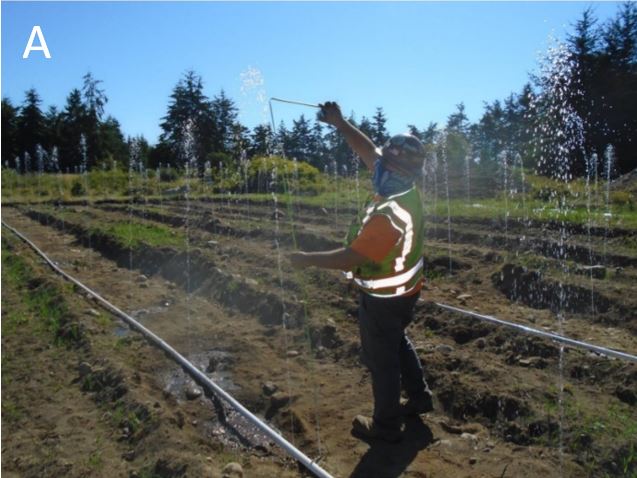
(A) No, we are not installing a decorative fountain. This is a field drain “squirt test”, a technical term for determining if the pressure in the drain lines is adequate, or over pressured. When properly adjusted, the pressure in the drain lines will be adequate to properly distribute liquid waste from the septic tanks.
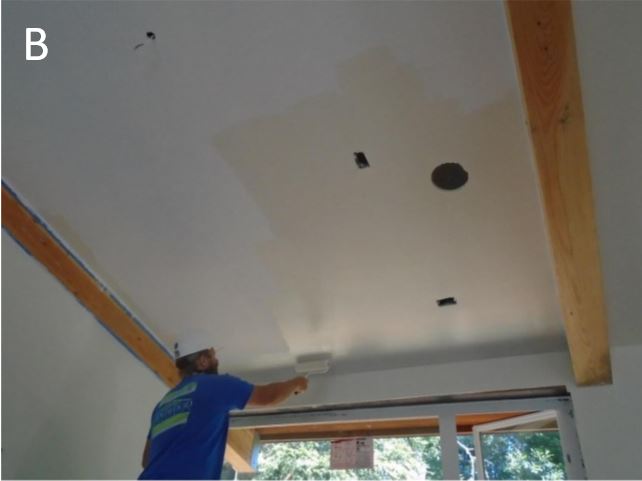
(B) Exciting! The first coat of paint is gin on inside the exhibit area.
(C) Below, the concrete backer board is installed, and tile is going up in the bathrooms. Fixtures are next.
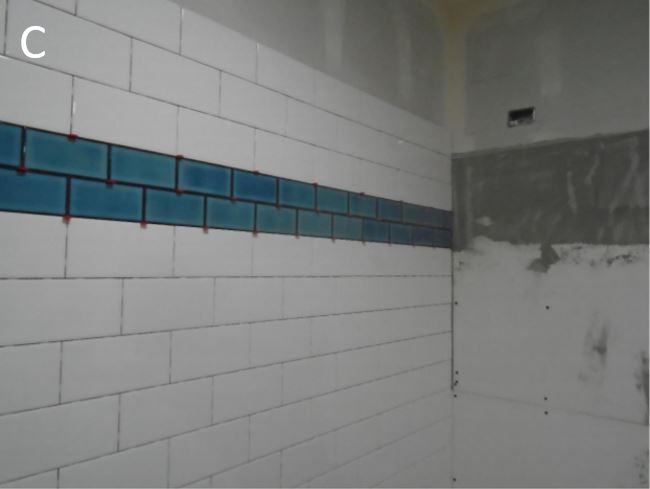
(D) Here we see cabinetry being installed in the bookstore area. The bookstore will have an expanded and greater variety of items in cooperation with our bookstore partner, (DYNW) Discover Your Northwest.
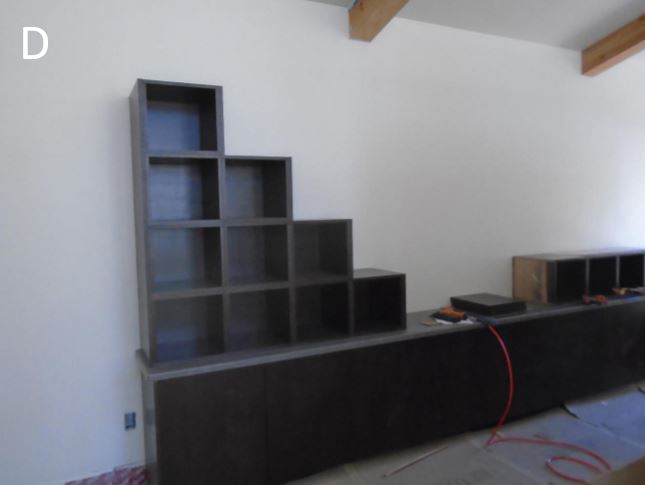
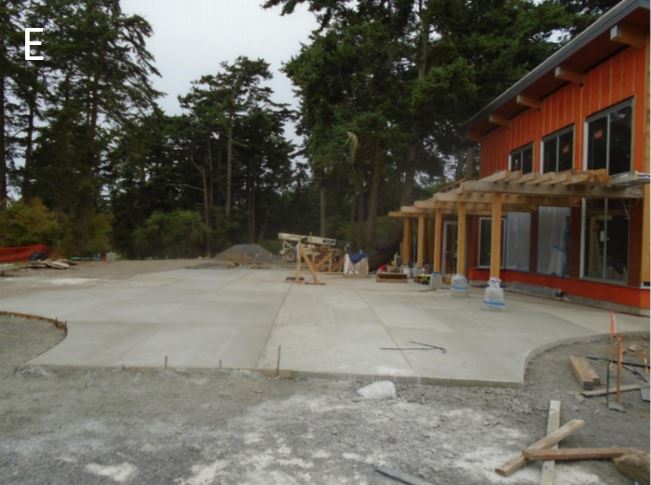
(E) Above, the concrete flatwork at the entry plaza continues to grow.
As an aside, though not shown here, the archeological staff will also be returning to the site on next week to monitor clearing and grubbing work at the new access road connection to American Camp Road.
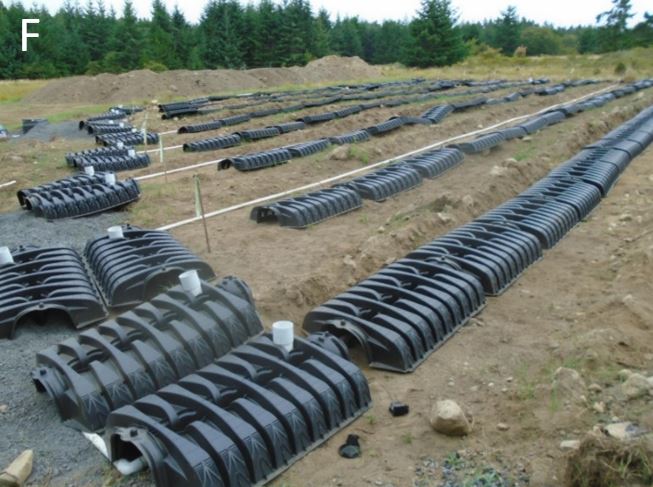
(F) Here we see infiltration domes laid out and ready for installation in the drain field. Infiltration domes have two key functions: to dispose of waste water from the septic tanks and to distribute this effluent in a manner allowing adequate natural wastewater treatment in the soil before the effluent reaches the underlying groundwater aquifer. In short, the domes provide for greater treatment of wastewater entering the soil.
